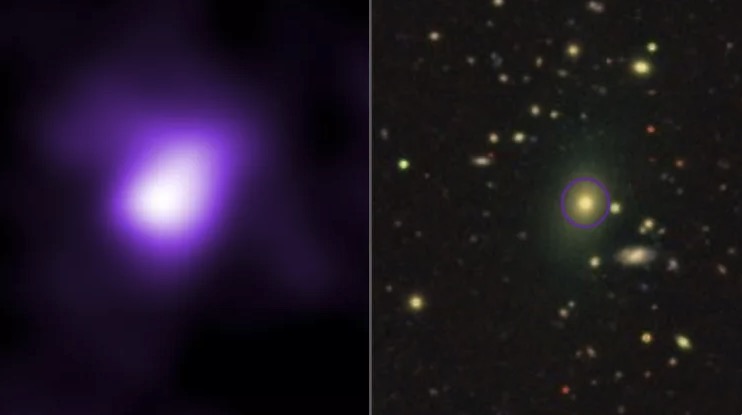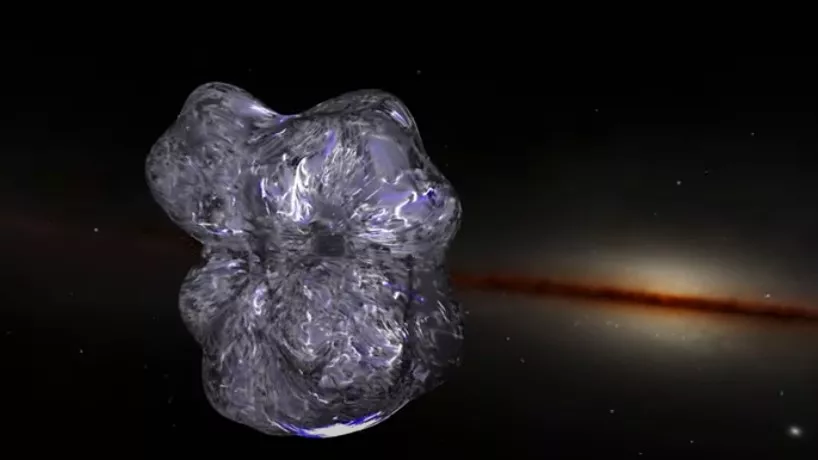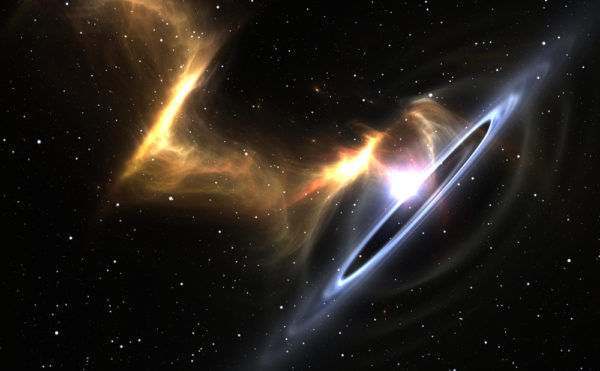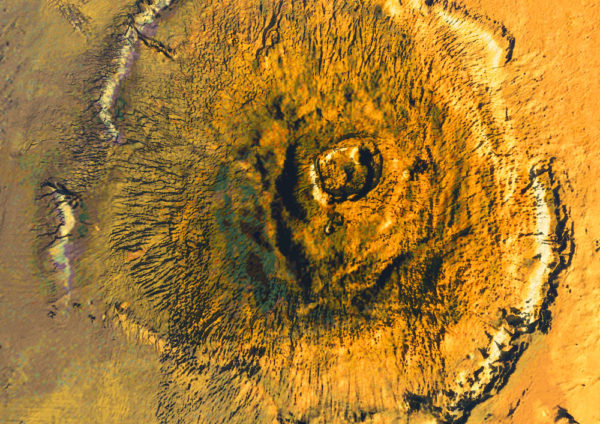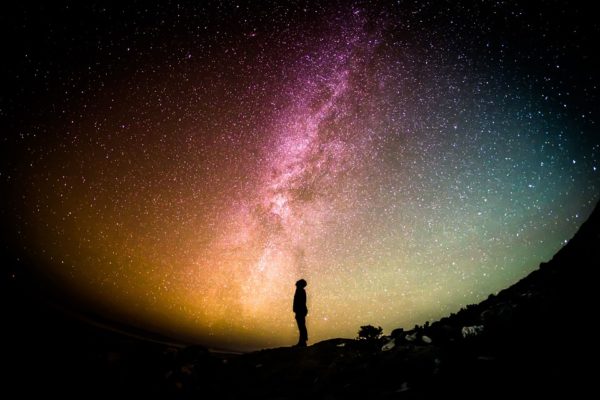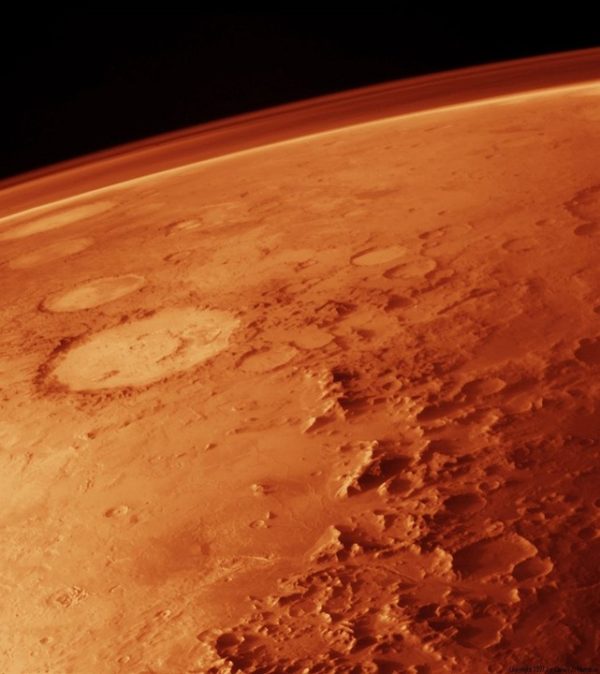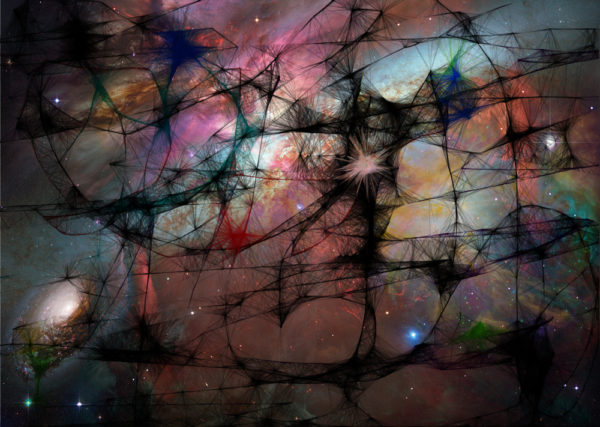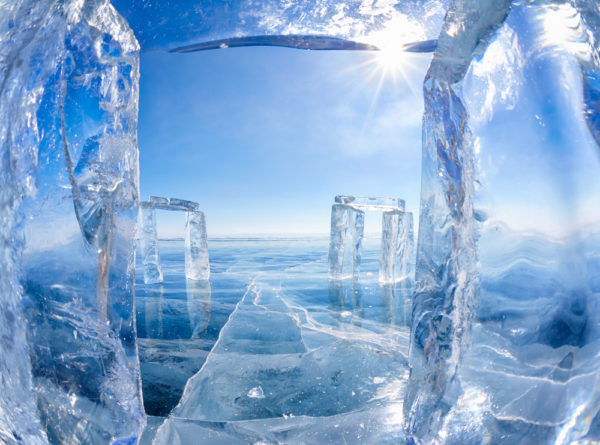Writer Fuel: Nasa Finds 400 “New” Black Holes, Shrouded By Dust
Astronomers have uncovered more than 400 previously hidden black holes feeding on stars and dust in the center of galaxies. It appears that many of the new black holes, discovered using NASA’s Chandra X-ray Observatory, remained unknown until now because they are buried beneath cocoons of dust. Supermassive black holes, which can be millions of … Read more

